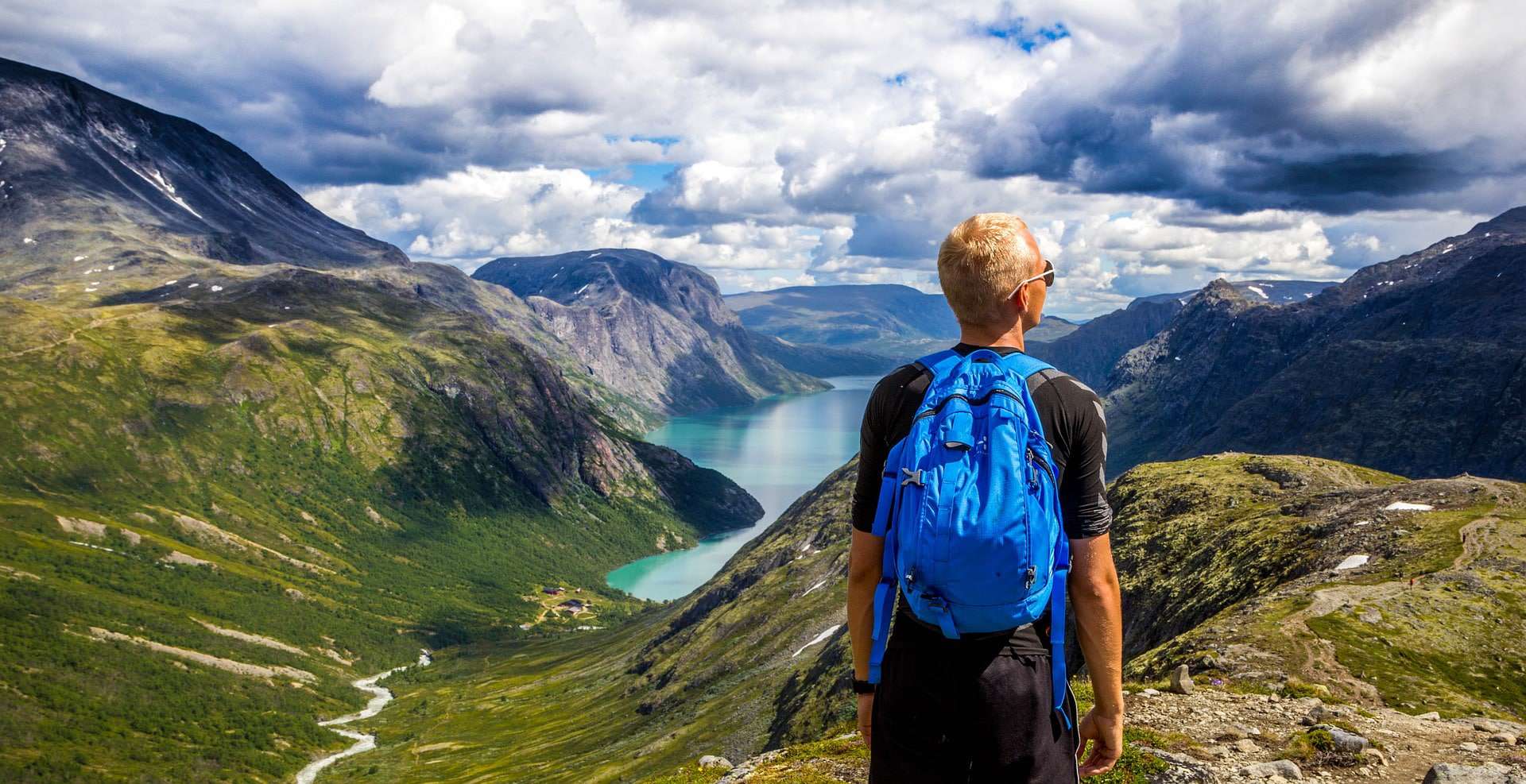Norway is a Northern European country that has its mainland territory within the Scandinavian Peninsula. To the north-east of the country is Finland and Russia, to the south is the Skagerrak strait, with Denmark on the other side.
Norway’s coastline is extensive and faces the North Atlantic Ocean. This maritime influence is also seen in Norway’s climate with sea coasts having low land temperatures, but moving interior, while colder, it is much more milder compared to to other areas of the world in such northerly latitudes.
Monarchy with a small population
The population of Norway was 5,096,300 people in October 2013, with over 7 million people projected to live in the country by 2060. The country has attracted immigrants from southern and central Europe, Africa, the Middle East, Asia and beyond.
Norway is a unitary sovereign state with a constitutional monarchy with state power divided between the parliament, cabinet and the supreme court.
The current King of Norway is Harald V of the House of Glucksburg. Norway’s prime minister since 2013 has been Erna Solberg, who replaced Jens Stoltenberg.
The kingdom was established when several petty kingdom merged and has since existed continuously for a span of 1,148 years, although from 1814 to 1905, it was in a personal union with the Kingdom of Sweden.
Geopolitical situation
During the first world war, Norway was neutral and remained neutral until it was invaded and occupied in April 1940 by the Germans until the end of the Second World War.
Norway has two levels of both administrative and political subdivision: these are counties and municipalities.
Traditional territories are self-determined and influenced by the Sami people (the indigenous people of Norway) through the Sami Parliament and the Finnmark Act.
The country maintains close ties with the European Union and the United States. Norway is also one of the founding member states of the United Nations NATO, the Council of Europe, Europe Free Trade Association, and the Nordic Council, WTO, among others. The Norwegian language share mutual intelligibility with Danish and Swedish.
Welfare and economy
Norway follows the Nordic welfare model by providing universal health care and a comprehensive social security system, with its values rooted in egalitarian ideas.
The country’s industrial sectors are thriving with extensive petroleum reserves, natural gas, minerals, seafood, fresh water, and lumber. The petroleum industry accounts a quarter of the country’s GDP.
Outside the Middle East, Norway is the world’s largest oil and natural gas producer on a per-capita basis.
High per-capita income and development index
On the World Bank and IMF lists, Norway is the fourth-highest per-capita income in the world. The country ranks eleven on the CIA’s GDP per capita list which includes autonomous territories and regions.
As over $1 trillion, Norway’s sovereign wealth fund is the largest in the world. Also, since 2009, Norway has ranked first on the world for Human
Development Index ranking, a position it previously held between 2001 and 2006. Norway ranked first on the World Happiness Report for 2017 and has one of the lowest crime rates in the world.
